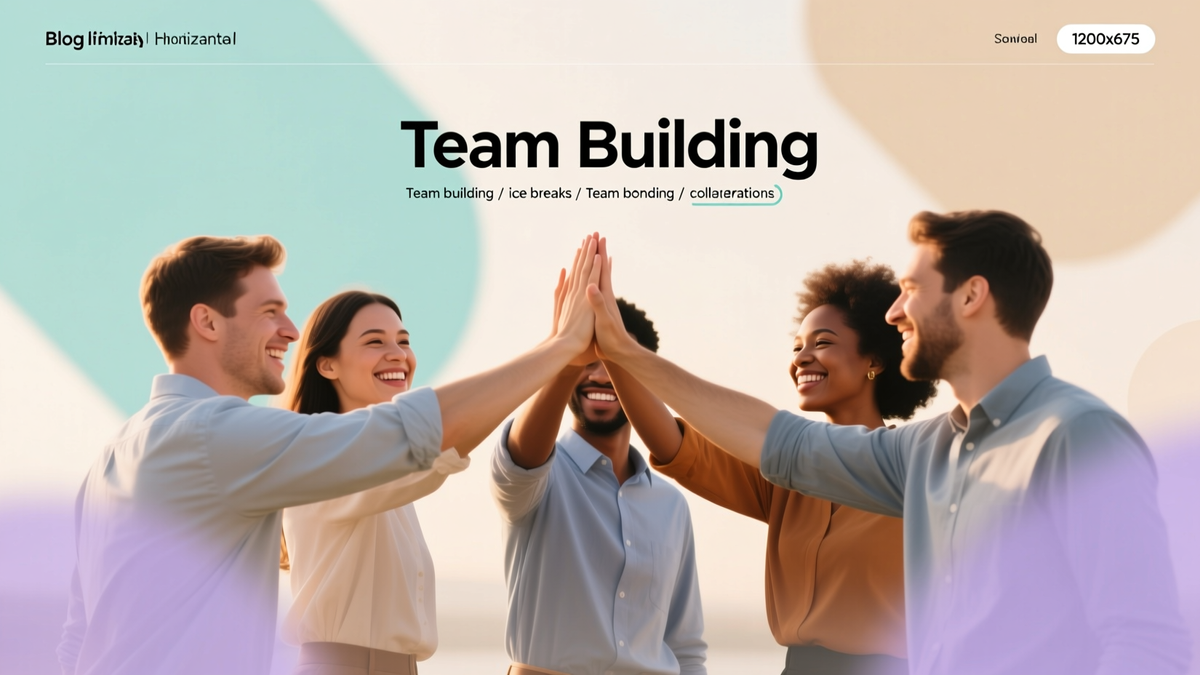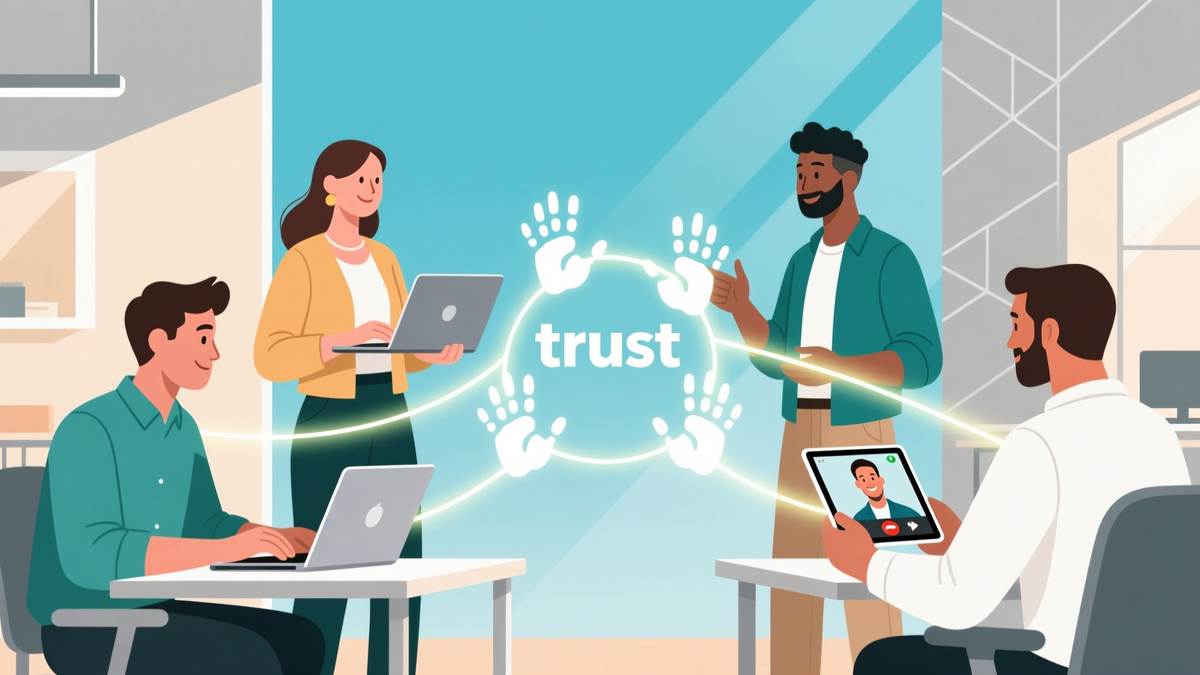
Building Trust Through Team Activities: Strengthen Bonds and Boost Workplace Culture
Discover science-backed team activities that build trust, boost collaboration, and enhance workplace culture with practical implementation strategies.
Introduction: Why Trust Matters in Team Dynamics
Trust is the foundation of high-performing teams. According to Gallup research, teams with high trust levels outperform peers by 17% in productivity and 21% in profitability. But how do you cultivate this critical element in today's hybrid and fast-paced work environments? This article explores how strategic team activities—from ice breakers to immersive bonding exercises—can transform workplace relationships and create a culture of collaboration.

The Science Behind Trust-Building
Neuroscience of Team Connection
When teams engage in shared experiences, the brain releases oxytocin, a hormone that enhances empathy and social bonding. A Harvard Business Review study found that organizations with strong trust cultures experience 50% higher productivity and 76% more employee engagement.
Psychological Safety as the Cornerstone
Google's Project Aristotle revealed psychological safety as the #1 factor in team effectiveness. Team activities create low-risk environments where vulnerability becomes a strength, not a weakness. Consider these trust-building pillars:
- Consistency in interactions
- Shared goal alignment
- Transparent communication
- Mutual accountability
Types of Team Activities That Build Trust
1. Ice Breakers: Breaking Down Barriers
Modern ice breakers go beyond awkward introductions. Try these research-backed options:
- Two Truths and a Lie Plus: Add a professional challenge story to foster empathy
- Speed Networking Rounds: 3-minute paired conversations with themed questions
- Diversity Bingo: Cards with cultural background prompts to celebrate differences
2. Collaborative Challenges
MIT's Human Dynamics Lab found that teams with balanced participation and active listening outperform others by 40%. Use activities that require collective problem-solving:
- Escape Room Challenges (physical or virtual)
- Marshmallow Tower Building with constraint rules
- Story Cubes: Create a team narrative with dice prompts
3. Vulnerability-Driven Exercises
Ed Catmull, Pixar's co-founder, emphasizes: "Trust requires discomfort." Try these proven methods:
- "Fail Forward" story circles where team members share career setbacks
- Blindfolded navigation tasks with verbal guidance
- 36 Questions That Lead to Love (adapted for professional relationships)
Real-World Success Stories
Zappos' Culture-First Approach
The online retailer attributes 85% of its customer satisfaction ratings to team-building initiatives like monthly "Culture Clubs" and mandatory team bonding hours. Their investment in trust-building correlates with a 23% lower turnover rate than industry averages.
Microsoft's Transformation Under Satya Nadella
Nadella's "growth mindset" culture overhaul included cross-functional hackathons and mentorship circles. Result? Employee satisfaction scores rose from 67% to 87% in five years, with trust metrics showing similar gains.
Practical Implementation Guide
Step-by-Step Planning Framework
- Assess team dynamics through surveys (try the 15-minute "Trust Pulse Check")
- Align activities with organizational goals (e.g., innovation, conflict resolution)
- Secure leadership participation to avoid "mandatory fun" perceptions
- Implement a mix of frequency: weekly micro-activities + quarterly immersive events
- Create feedback loops for continuous improvement
Budget-Friendly Solutions
Trust-building doesn't require extravagant spending. Consider these cost-effective approaches:
- Weekly 15-minute "connection check-ins" before meetings
- Peer recognition boards (physical or digital)
- Book swap programs with team discussion groups
Measuring Your Impact
Key Metrics to Track
Use these indicators to assess trust-building effectiveness:
- Employee Net Promoter Score (eNPS)
- Retention rates (track 6-month intervals)
- Collaboration tool analytics (Slack/Teams usage patterns)
- Psychological Safety Surveys (Google's 5-question assessment)
Conclusion: Making Trust a Continuous Journey
Building trust isn't a one-time event but an ongoing commitment. By integrating purposeful team activities into your workplace culture, you create an environment where innovation thrives, conflicts resolve constructively, and employees feel genuinely valued. Remember, the most successful teams aren't those without challenges—they're those with the trust to overcome them together.
Start small, measure progress, and watch as your team transforms into a cohesive force that drives organizational success.
Last updated: November 16, 2025